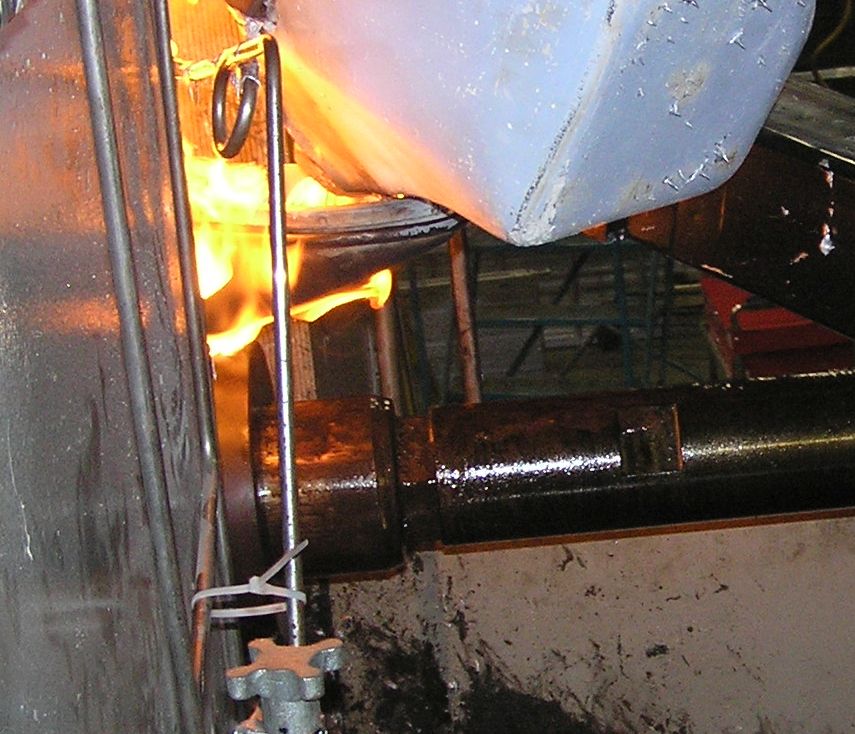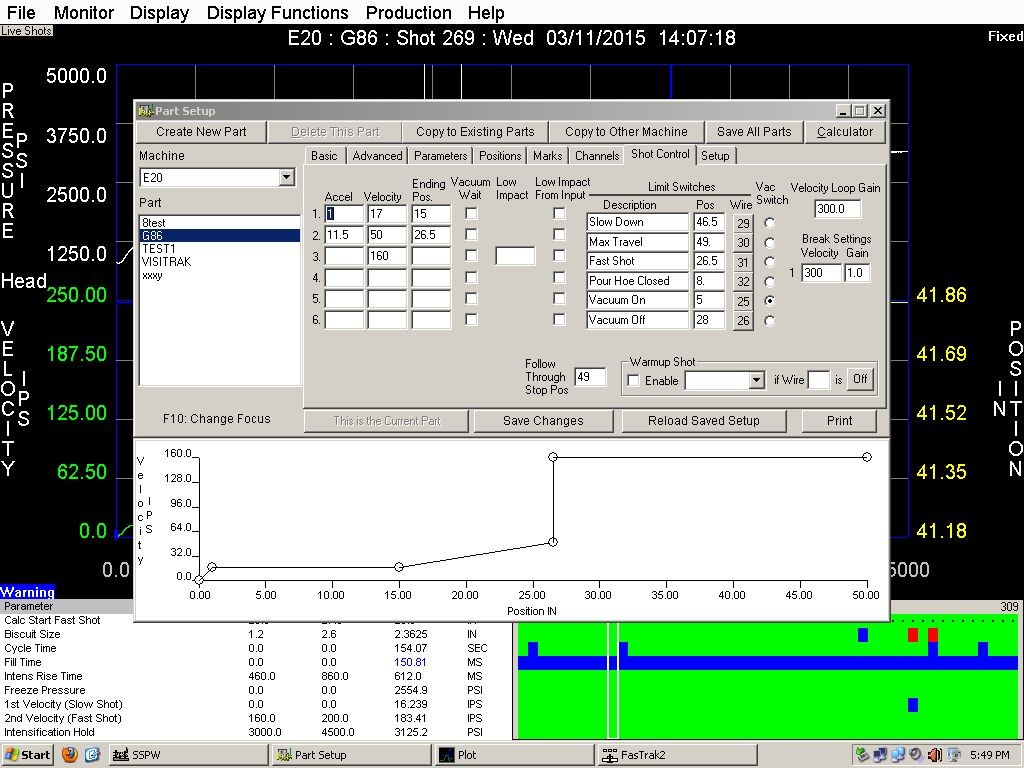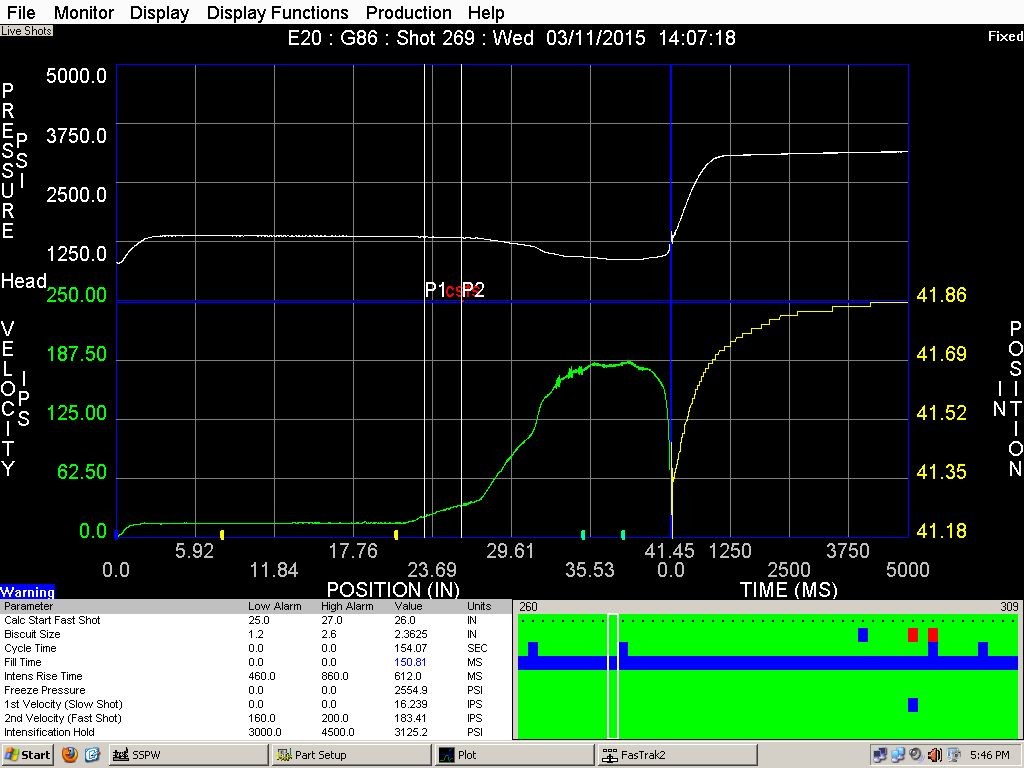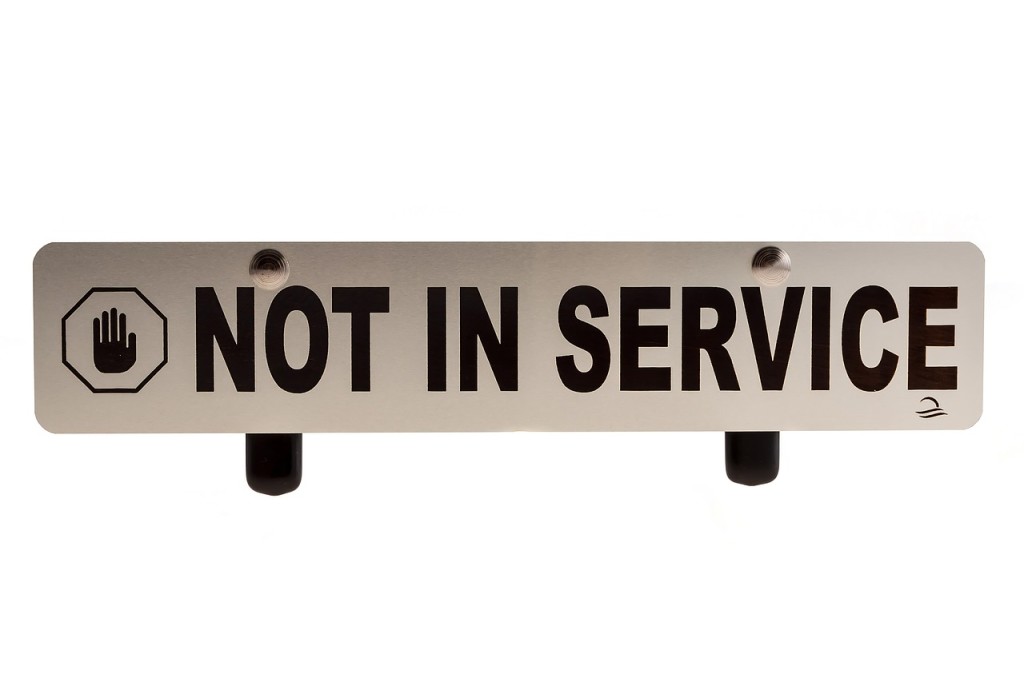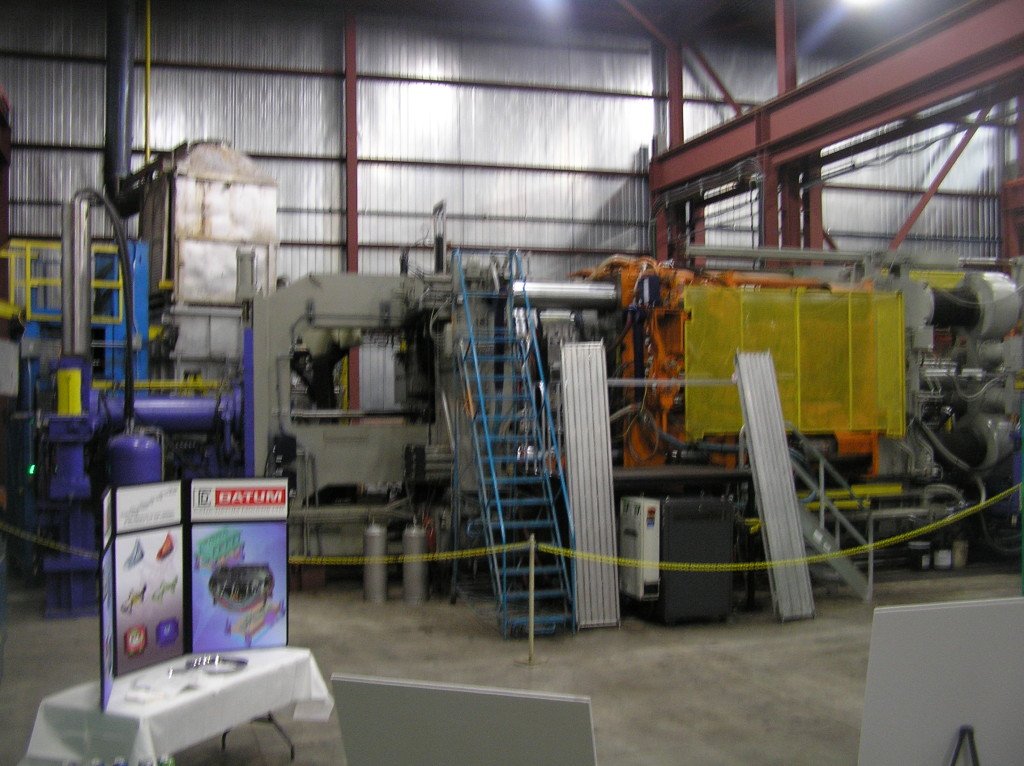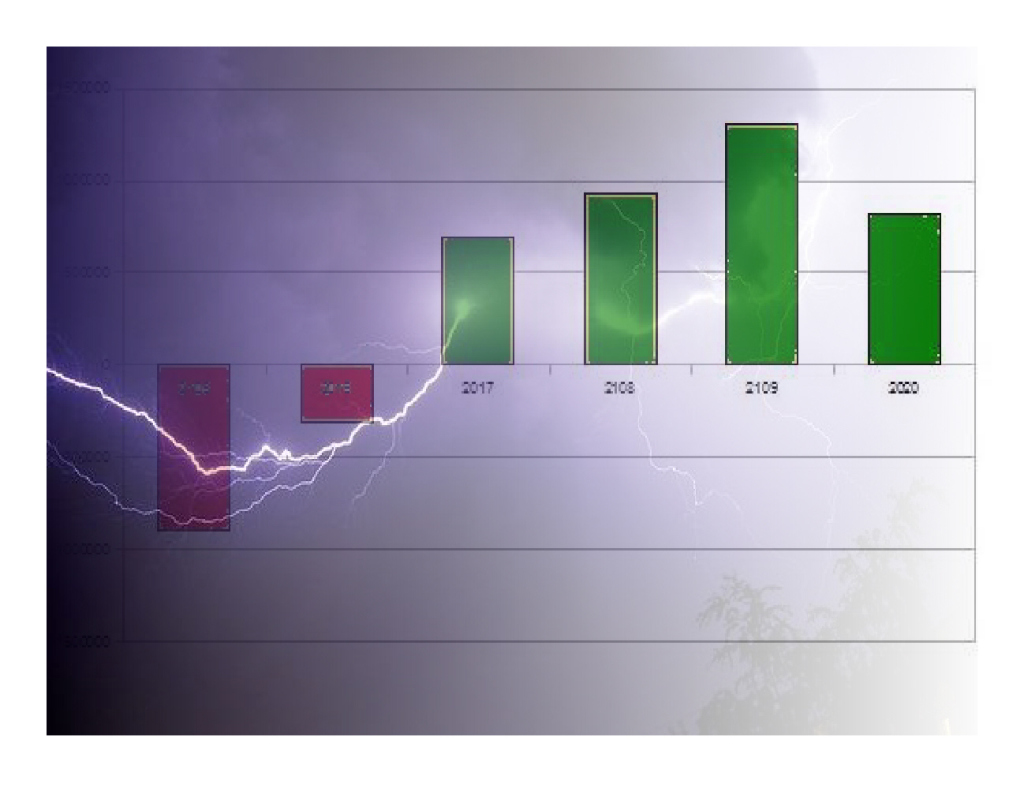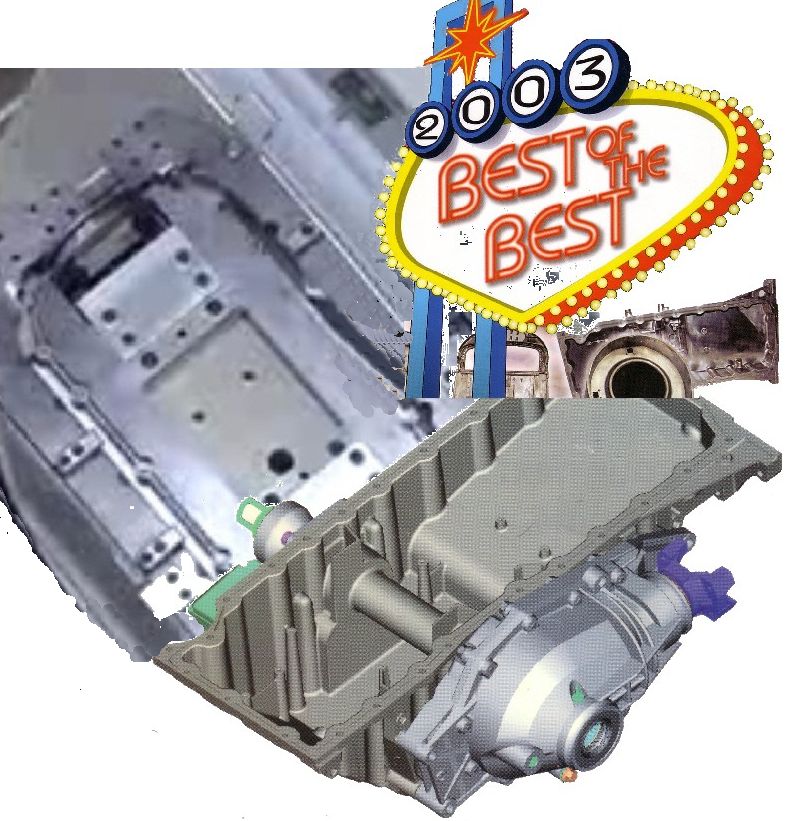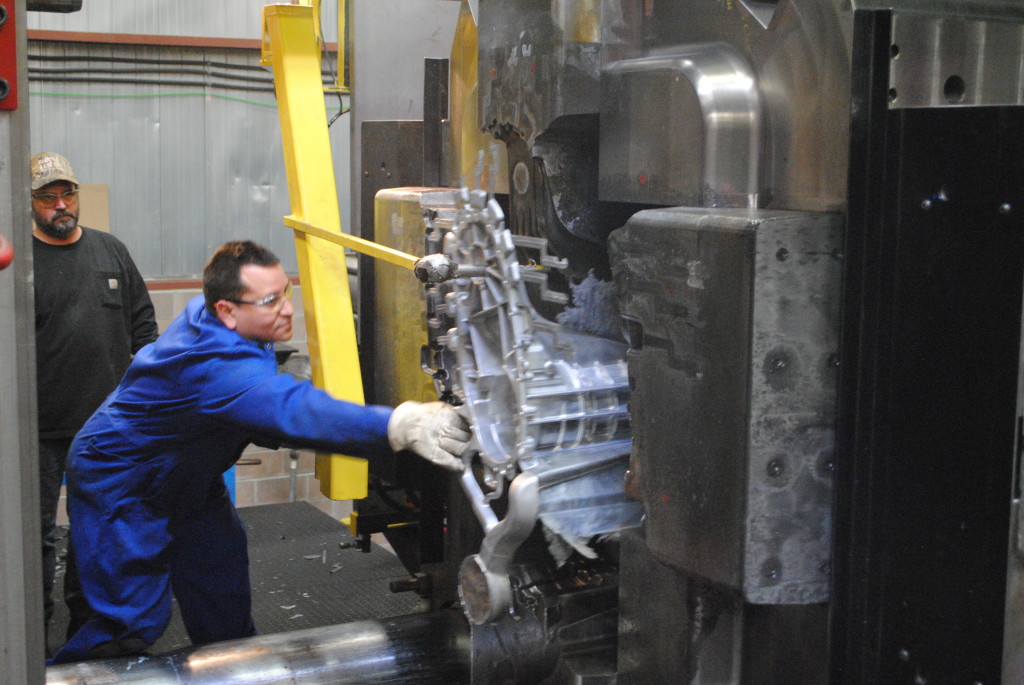In a die casting era before we had lean gurus, Ed Kocsis lived lean die casting with every ounce of his engineering thought. Part of his legacy is the NADCA die material cleanliness standards for premium H13. This is just one tool that enables the 500,000 shot life he achieved on dies like torque converter stators where heat check is a issue. A really high bar when 100,000 shot life is declared good even now.
He bought shot tips at 4.5 inch OD and threw them out at 2.75 inches using them 20 times at .060 inches smaller in OD per renewal. The single design common shot sleeve for the plant (20 machines from 800T to 1200T) was the reverse it started at 2.75 inch ID and went out of service at 4.5 inch ID.
He invented the cartridge valve manifold that became embedded within the Prince closing circuit, not for simplicity, but because it allowed the use of a 25% smaller electric motor and we stayed within available plant main transformer amps. Most of the dies he designed were loaded into the casting machine and were run continuously (even breaks were relieved) for a month. The 81% of theoretical yield (fastest that you can make a part divided into good parts sold) that was achieved during the 5 years I work with him (only shut down Christmas days) has not been approached at any other good casting house that I have been associated with since.

